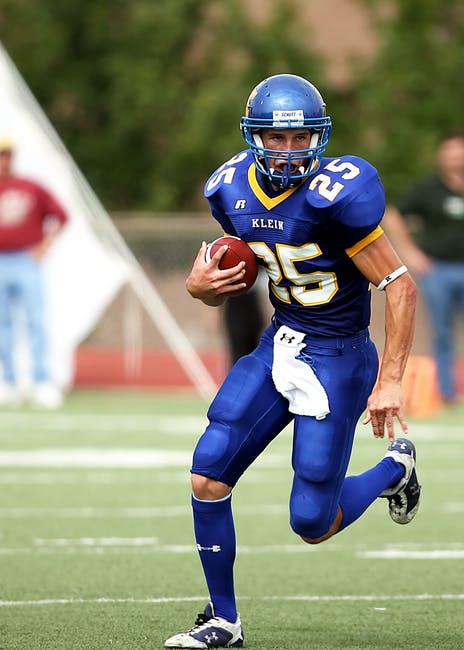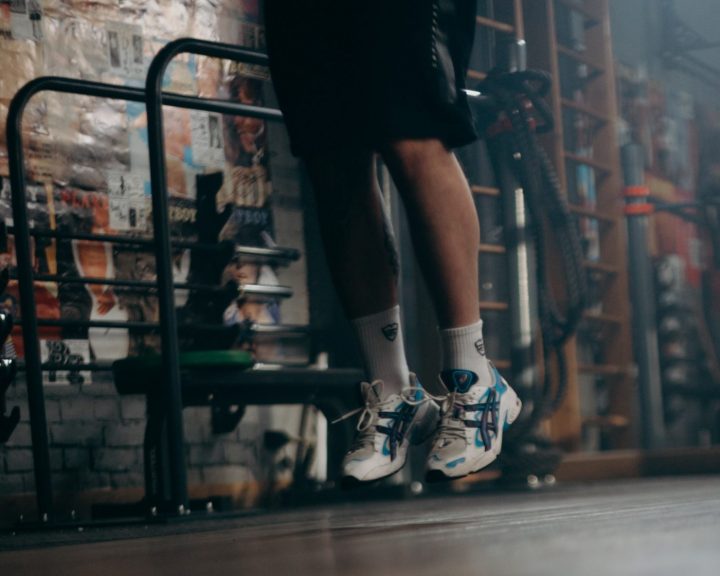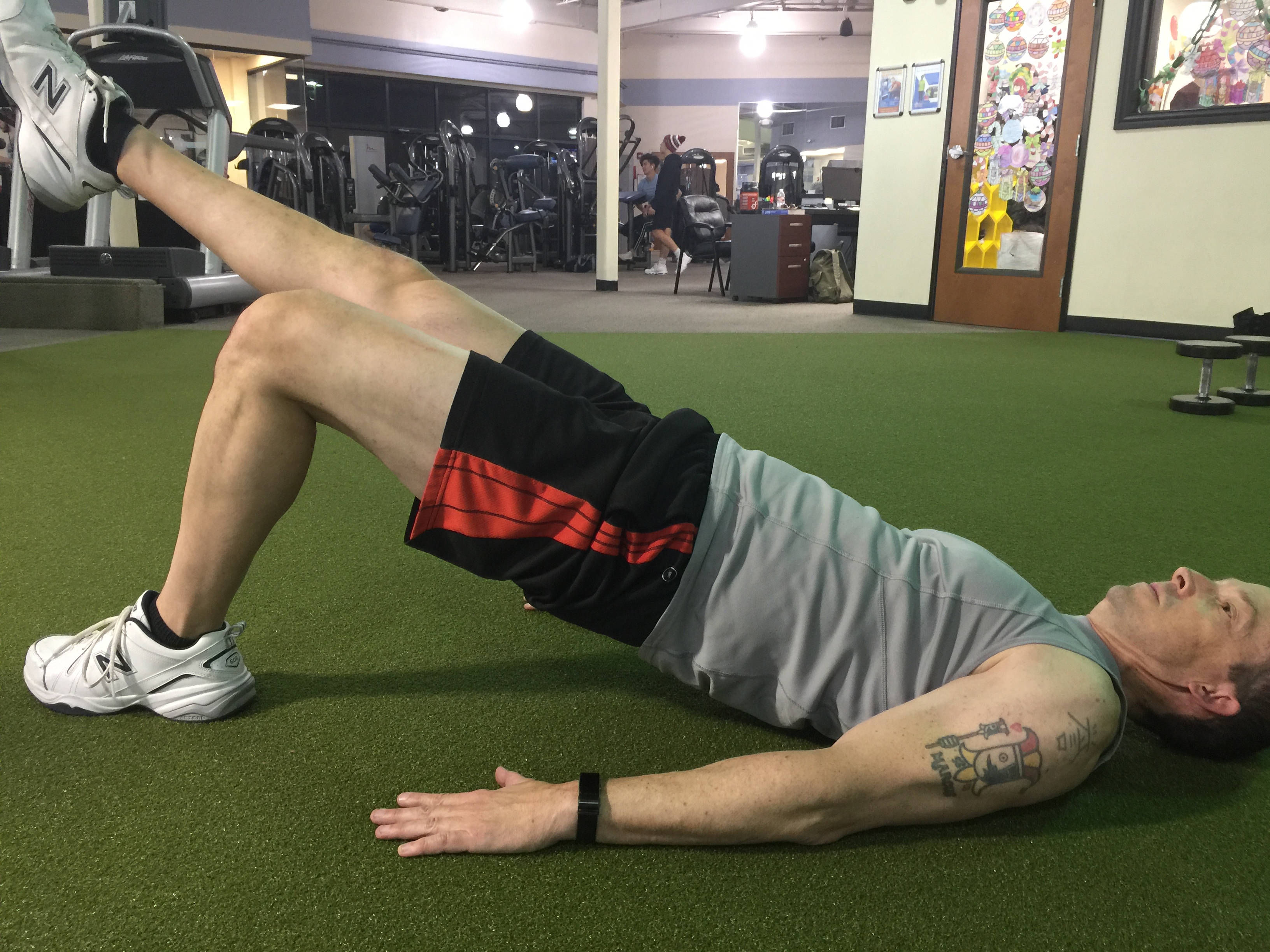Like most athletes, track and field athletes have strength and conditioning needs that are unique to their sport. This post will present several principles for the track and field coach/athlete to follow when designing a strength and conditioning program:
- Athletes need to be strong
- Many athletes need to minimize weight gains
- Athletes need to be able to use that strength
- Eccentric strength is important
- One-legged strength and power is important
Athletes need to be strong:
To a point, all track and field athletes need strength. This is because every single event requires the athlete to exert force against the ground and sometimes against an external object. Strength is critical to running, jumping, throwing, and landing safely. Strength training programs should enhance the athlete’s ability to exert force against the round via variations of the squat, lunges, pulling motions, hip extensions, etc.
Even if an athlete is not a thrower, upper body strength is important for several reasons. First, athletes use their upper body to run and jump. Second, it helps to develop the total body strength that will be important for maintaining posture.
Training for strength should be emphasized year-round, though it may have a greater emphasis as the athlete approaches the season.
Many athletes need to minimize weight gains:
With the exception of throwers, track and field athletes – especially at the collegiate level and higher, should be purposeful and careful with weight gains, even with muscle mass increases. This is because these athletes have to be able to walk, run, or jump with that extra mass. It can impact their ability to move and could have an impact on overuse injuries, so this needs to be approached with care.
Athletes need to be able to use that strength:
Strength is a great thing for the track and field athlete to develop, but they need to understand how to use that strength in the context of their event. This is where the Olympic lifts, plyometrics, medicine ball throws, and sprints come into play. This training should be incorporated year-round even if it is emphasized to a greater degree as the athlete approaches their season.
Eccentric strength is important:
Track and field athletes need to be able to maintain their posture while race walking, sprinting, throwing, and jumping. At first this is developed by working on technique and enhancing their strength. Eventually more advanced exercises that focus on eccentric strength (like lifts with a pause) may be warranted.
It’s also important to develop eccentric strength in terms of the hamstrings to prevent those pulls that are common to athletes who use sprinting. The hamstrings should be strengthened in their lengthened state. This can be done with bodyweight exercises (marches, inchworms) or using the weights with hip extension exercises like Romanian deadlifts and good mornings.
One-legged strength and power is important:
Track and field athletes frequently have one leg in contact with the ground at a time, or they lever off one side of the body. This means that some time should be spent developing one-legged strength and power. Lunges, split squats, one-legged lifts, split variations of the Olympic lifts, and even one-legged variations of the Olympic lifts can be incorporated to help develop this ability.



